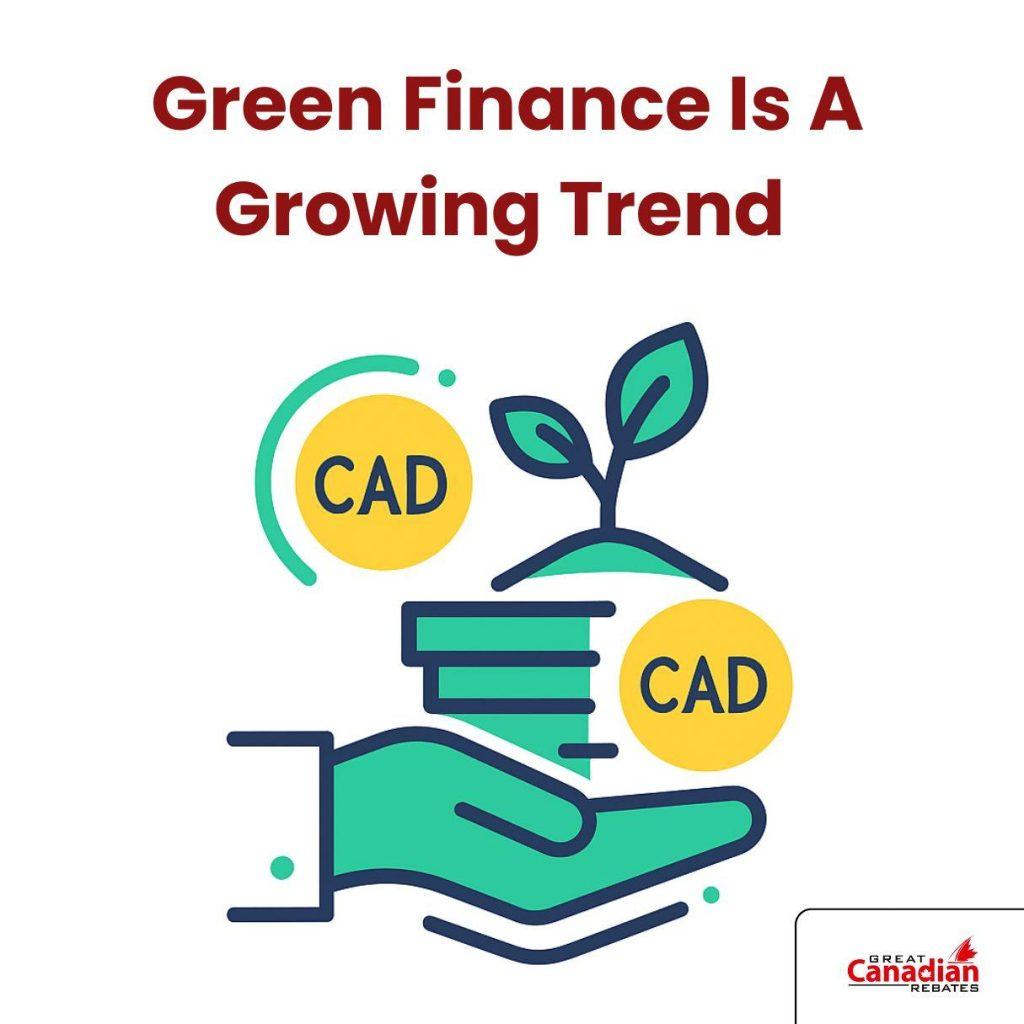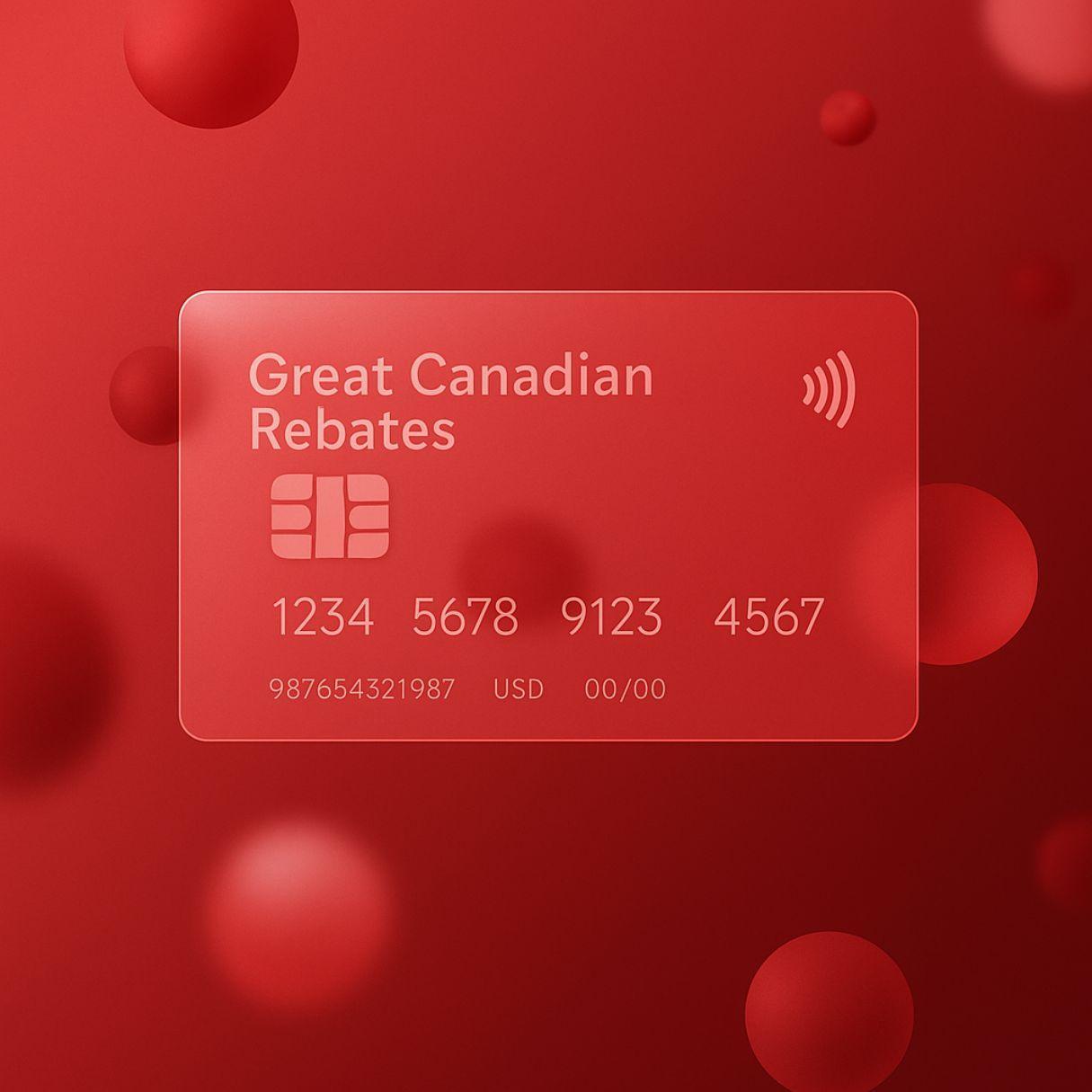As sustainability moves from a niche priority to a national movement, Canadians are rethinking every aspect of their lifestyle—including how they spend. From reusable grocery bags to electric vehicles, consumers are increasingly opting for products and services that align with environmental values. In the world of personal finance, this has sparked a growing interest in eco-friendly credit cards Canada. These innovative financial tools go beyond traditional perks, offering rewards like carbon offsetting, recycled materials, and partnerships with green organizations. But can these “green” credit cards reshape the future of finance in Canada? Let’s explore how environmentally responsible credit cards are gaining ground—and whether they’re here to stay
The Rise of Eco-Conscious Spending
Across Canada, spending habits are shifting to reflect a deeper environmental awareness. Consumers are actively seeking out businesses and products that align with their values, including in the realm of financial services. With plastic pollution, carbon emissions, and overconsumption at the forefront of climate discussions, many cardholders want their credit card to be part of the solution rather than the problem. This shift has opened the door for financial institutions to rethink how they issue credit cards—introducing sustainable options made from recycled materials and offering rewards that go beyond traditional points or cash back.
Younger generations, in particular, are driving this change. Millennials and Gen Z Canadians are more likely to make purchasing decisions based on environmental and social values, including which credit cards they choose. Many now prefer products that contribute to carbon offsetting, reforestation, or environmental charities. This growing preference is influencing how banks and fintech companies develop new financial products. In response, institutions are incorporating sustainability into their branding, customer engagement, and product innovation. What once seemed like a niche offering is quickly becoming a mainstream expectation in Canada’s evolving financial landscape.
What Makes a Credit Card “Eco-Friendly”?
An eco-friendly credit card usually addresses two key areas: material impact and reward structures. Physically, many of these cards are now produced using biodegradable or recycled materials such as reclaimed ocean plastic, corn-based PLA, or metal alternatives. This reduces dependency on PVC, the traditional plastic used in cards.
On the rewards side, green credit cards may offer incentives like contributions to reforestation projects, donations to environmental causes, or carbon offset programs. Rather than offering travel perks or retail points, these cards give cardholders the chance to make their spending part of a more sustainable financial ecosystem.
Sustainable Materials: Ditching Traditional Plastics
Traditional credit cards are made from PVC, a plastic that takes centuries to decompose. As banks and credit unions look to reduce their environmental footprint, many are adopting greener materials. Cards made from recycled plastic bottles or even ocean-salvaged waste are making their way into the wallets of sustainability-conscious Canadians.
In fact, several card issuers are now partnering with environmental organizations and material science companies to develop more sustainable production methods. This includes using biodegradable corn-based plastics (PLA), reclaimed industrial materials, and even upcycled textile fibres. These innovative alternatives not only reduce plastic dependency but also send a clear message to consumers about a brand’s commitment to environmental responsibility.
Major issuers are also exploring compostable materials and hybrid cards that combine metal with recycled substrates. While these changes may seem small on the surface, the collective impact of millions of cards produced more responsibly could lead to significant reductions in plastic waste across the country. As this trend continues, Canadians can expect greener design standards to become the norm rather than the exception in the credit card industry.
Rewards with a Conscience: Offsetting Carbon through Spending
What sets eco-friendly credit cards Canada apart isn’t just how they look or feel—its how they reward. Many of these cards come with integrated environmental incentives. For example, a card might donate a percentage of transaction fees to conservation groups or allow users to use points to plant trees or invest in renewable energy projects.
Unlike a traditional Tangerine Cash Back Credit Card, which focus purely on consumer rewards, green cards are part of a broader mission. This approach appeals to younger generations especially, who are more likely to support brands that align with their ethical values.

The Role of Fintech and Digital Cards
Some of the most innovative developments in green credit cards are coming from fintech startups. Digital-only cards, like the Wealthsimple Cash Card, eliminate the need for a physical card entirely, reducing plastic production altogether. These cards often come with robust tracking tools that let users monitor the carbon footprint of their purchases.
In addition to reducing material waste, many digital cards also promote paperless banking experiences by delivering e-statements, mobile receipts, and real-time transaction alerts—all of which help minimize resource use. Some platforms even offer eco-friendly features such as round-up donations to environmental charities or reward programs that encourage low-impact spending behaviours.
Digital platforms are also more agile in launching sustainability-driven partnerships with environmental groups, something traditional banks may find harder to implement at scale. Whether it’s supporting reforestation projects or offering carbon offset options at checkout, fintech companies are at the forefront of integrating environmental values into financial habits. As younger Canadians become more reliant on mobile banking and virtual wallets, digital green cards may be the next big step in sustainable finance—offering convenience, transparency, and a lighter footprint on the planet.
Do Green Cards Compete with Premium Rewards Cards?
While sustainability is a strong selling point, many Canadians still value traditional perks like travel points, hotel stays, and cash back. Premium cards like the Amex Business Platinum Card, Marriott Bonvoy credit cards, and the Platinum Card Amex offer elevated experiences that appeal to frequent travellers and business owners.
However, a growing number of eco-conscious Canadians are asking whether it’s possible to have both—luxury and sustainability. Some high-end cards are now introducing green features alongside premium benefits. In the future, the distinction between luxury and responsibility may blur, with top-tier cards integrating both reward styles to suit a changing market.
Merchant Partnerships Fueling the Shift
In addition to eco rewards, green credit card programs are partnering with like-minded merchants. For instance, cardholders might gain access to exclusive discounts from eco-conscious brands or earn more points for shopping at sustainable retailers. These collaborations not only drive value for cardholders but also boost visibility for smaller eco-brands.
Some partnerships even feature seasonal promotions, such as bonuses for supporting local organic markets or zero-waste lifestyle shops. Others may provide incentives like extended warranties on energy-efficient appliances or rebates on carbon-neutral travel bookings. These merchant alliances create a more meaningful spending experience by aligning financial choices with environmental goals.
Meanwhile, traditional cards like the Rogers Red World Elite Mastercard and Tangerine World Mastercard continue to appeal to everyday consumers with broad cash back categories. But as more merchants—from fashion to electronics—offer eco-conscious shopping options, green card partnerships could become a key differentiator in the Canadian credit card space.
Are Green Cards Worth It for the Average Consumer?
Like any financial product, eco-friendly credit cards Canada are not one-size-fits-all. For many, the appeal lies in aligning personal finance with personal values. But it’s important to evaluate whether the card also offers competitive rates, fees, and benefits that match your spending habits. Green features should ideally be additive—not a trade-off for practicality.
Many Canadians continue to choose top-rated cash back credit cards or explore travel and shopping rewards through popular online platforms using versatile credit cards. However, those who are committed to reducing their environmental footprint may find that eco-friendly credit card options provide both personal satisfaction and a meaningful, long-term impact.
Green Finance as a Growing Trend
Canada’s financial industry is in the early stages of an eco-conscious transformation. From reducing physical waste to integrating environmental impact into reward systems, credit cards are evolving. While traditional rewards like Amex Cobalt cash back which still dominate the market, the emergence of green credit cards signals a promising new direction. As consumer values shift and innovation continues, it’s likely that sustainability will play a bigger role in how Canadians choose—and use—their credit cards.
Let Your Spending Reflect Your Values
At Great Canadian Rebates, we know that Canadians are looking for more than just points and perks—they want purpose. That’s why we make it easy to explore a wide range of credit card options, including some of the most forward-thinking and eco-conscious choices available in Canada. Whether you’re drawn to traditional perks like cash back or exploring innovative cards that support carbon offsetting and use sustainable materials, our platform is designed to help you find the right fit for your lifestyle and values.
Members can easily compare a variety of cards and even earn cash back rebates when applying for those that integrate with popular retailers. It’s completely free to join, and with access to rebate offers from over 700 well-known merchants, you can make everyday purchases while supporting causes and features that matter most to you.


